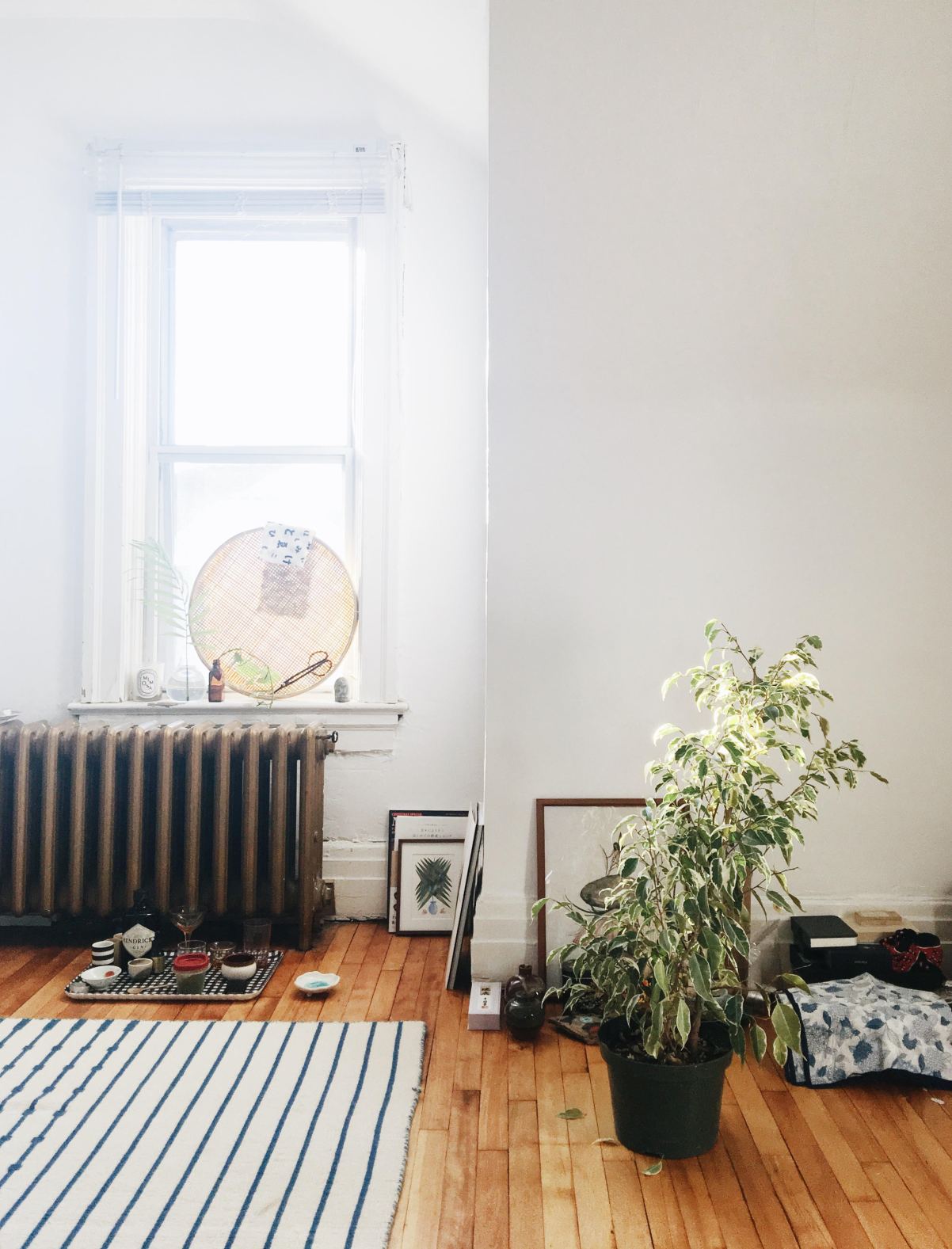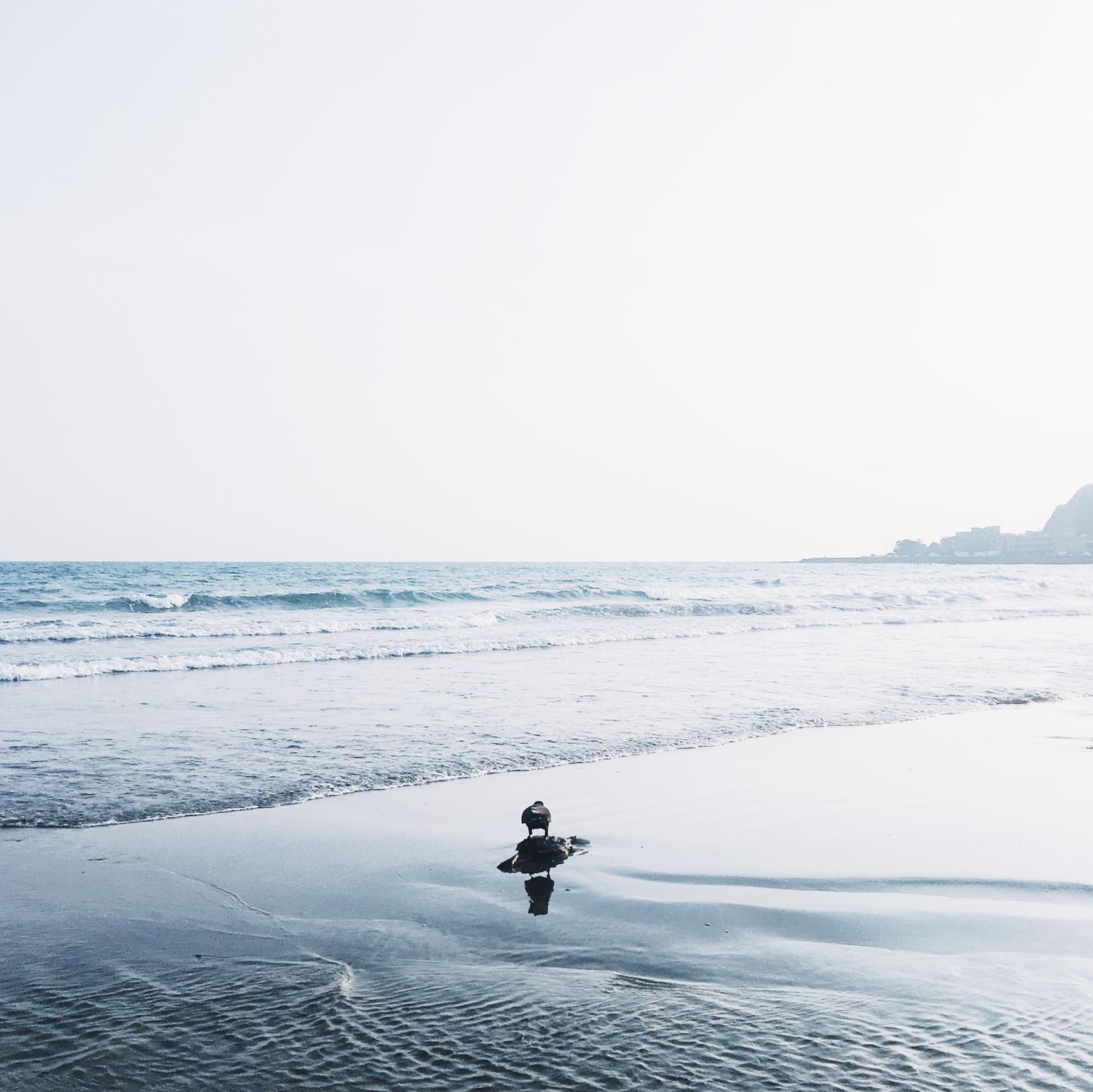The Hard and Soft of Intention (ft. Justine Wong)
APRIL 2, 2019
Teh Talks is a series of interview conversations with creatives.
Interspersed with the interview questions and answers are my personal reflections.
 This conversation between Jasmine Gui (@jaziimun) and Justine Wong (@patternsandportraits) has been edited with love.
This conversation between Jasmine Gui (@jaziimun) and Justine Wong (@patternsandportraits) has been edited with love.Do you have a grounding ritual?
Having an intention is necessary. If I don’t have an intention, I am lost physically and emotionally. I am looking for a ritual. I am always looking I think. I find it a beautiful guiding point even if the ritual changes over time, I actually prefer it that way.
I just need something to set a foundation for myself. The rest of the day can look like anything. Sometimes everything feels like a ritual to me. Small habits go a long way.

The first time I meet Justine, I don’t actually meet her. It is the Toronto launch of her exhibition, “No Hard Feelings” and I come face to face with a series of carefully balanced emotional landscapes. These elements of rock and ocean and landscape, lightly touching each other in a quiet, harmonious synergy moves me.
At first, I am moved just to silence, but then, slowly, there is a dawning of recognition.
I recognize myself in this landscape, or you could say, I recognize this landscape in me.
This moment of seeing generates a powerful impulse, leading me to reach out to Justine a little while later over social media just to tell her how I feel.
“Restful”. This is the word I use.

What is the role of relationship in your work? Is it always personal?
I think the process of painting is always really personal to me in that regard, but the subject changes. For anything that’s affected by my relationships, it may be personal on the deepest level, but in the process of painting, see it from a distant viewpoint or objective space. That’s when I can actually paint.
Process: first emotion -> created distance -> recalled emotion
Usually, the process requires me to create physical distance and adventure. In Japan, I would take weekend trips to the coastline and that would be my way to create distance from what I was feeling, to figure out the essence of the situation, how I felt about the situation, and how I wanted to feel about it.
The coastline was a translation point for me.
In the recalled emotion, do you feel skeptical about the honesty of that emotion?
Yes. *laughs*
But I don’t think I draw on the same emotion. I look at the well of emotions I felt, set my intention, and paint beyond what that feeling was.
Which sense do you think you rely on most, or which sense comes first in your creating?
I would call it the processing sense: the sense between the five senses we have used to taste or experience fullness. It touches all five senses. Like umami: flavours not mentioned that add a taste.
Do you ever stop working on a painting if your mood changes?
Yes. I’m getting into a habit of working through the emotion because my natural tendency is to stop when I stop feeling the emotion or get stuck on the feeling of getting stuck.
I’ll end up with paintings that look nothing like what I imagined but it still feels resolved.
All the paintings I did for “No Hard Feelings” were a bit of a thought-in-process. In the end, I just chose the ones that said what I wanted to say that day. I laid them on the floor on the day of the exhibition and chose.
The biggest piece in the exhibition that I painted on the day of, on my floor, ended up being one of my favourites.

“What Are Your Insides Filled With Right Now?

When I first meet Justine in person, we are at a teahouse, and our encounter feels like a homecoming. Conversation is meandering, slow, almost languid. I am comfortable. I have a feeling I have met a person who I can walk with for a long time. We talk about Japan where she spent a year. We talk about traveling, the way coastlines move us, and what we miss about Asia. Justine’s work in illustration is varied, ranging from editorial work for magazines and small businesses, to travel landscape watercolour sketches and the “21 Days In Japan” series that many people know her for. Regardless of the style she’s working in, there’s a distinct softness in her art: careful line work, gentle colour, thoughtful details.
However, when I place that work beside her paintings from “No Hard Feelings” and the more recent iteration, “Between a Rock and a Hard Place”, I feel a marked difference. In an artist’s work there are specific departure points that present themselves, and this exhibition is one of them. Justine’s current work feels hard in an intentional way, despite the same elements of line work, colour and detail. There is a different sensibility saturating the images, a different sentiment from her observational travel, watercolour series.

What is the relationship between landscape and emotions for you?
I paint what is fragile, intertwined with bold strokes and textures. In my paintings, things shouldn’t be where they are but they are exactly where they should be.
Everything just feels right.
There is a toughness in your work that seems to reflect a hardness in yourself.
Do you think so? What is the hardness about?
I struggle with hardness. I spend so much energy trying to be soft, not necessarily because I am a hard person, but because there is something hard in me that i experience on a consistent basis that I’m trying to soften.
I’m just terribly hard at being angry. I’m trying to explore what it might look like if you are angry.
If I’m angry, I’m more sad.
A lot of the softening of the hardness comes from – my sister has schizophrenia, and so growing up, having to soften the blow of the relapse, of her emotions, of her need for some sort of resolution. There is always the notion of mediating or softening something, and it just became a part of my identity, maybe for the better. I could have been a lot harder of a person.
I have years of practice of how to soften things rather than to accentuate its edge.
How important is it to present hardness in your work? Is hardness a shield for work invested in softness?
The softness is a shield for the hardness.
Even when I imagine myself trying to be hard, it’s almost as if I am a weaker part of yourself. The hard part doesn’t feel like a shield.
I grew up with the notion that being softer is more helpful. It can resolve situations. That’s how I approach situations.
“Pick two words that balance each other”
“Ocean and Stone”

I think the interiority of Justine’s paintings move me because the dichotomies they wrestle with are close to my heart: soft and hard, loud and quiet, balance and precarity, peace. As a poet, I am continuously trying to write a silence into my words, to best construct the immense landscapes of complex silences I build myself in a world of noise and chaos. Justine’s paintings seem to be an effort of the same kind, to reflect the overwhelming presence of a single quiet mood. Her 2018 show, “Between a Rock and a Hard Place” took those attempts into 3D forms in the medium of clay, a material that I personally have also often used as a meditative process to nurture silence in my head and strength in my hands.

What is the role of silence in your creative process?
My desire for some sort of sound has increased over time, maybe because I live with so many people. I craved silence a lot when I lived with my family. Since living semi-alone in Japan and now Toronto, I have a healthier amount of silence so I don’t go looking for it anymore. My desire for a nice sound is something I’m constantly seeking rather than pure silence or noise.
Is your brain a silent place?
No. Highly noisy. In the past, I lived with that sound by finding physical silence. This past year, I mitigate that noise by speaking to people I really trust or people that understand me.
By speaking about it, I put it on the table and prefer to understand it . It becomes less overwhelming for me over time.
Do you edit? What does that process mean for you in your drawing?
There are no drafts to “No Hard Feelings” and “Between a Rock and a Hard Place”
Often times I’m just jotting down notes, writing or noting the intention that I want for the piece. When it came to the ceramics, I just built as I felt seemed right.
I rarely even do a second trial piece, I plan the piece as I go in a more intuitive process. I’m working through a thought process and so I’m much more forgiving of myself.
Maybe the editing process comes as I’m working through my feelings. It’s not as if I have a concept (speaking of my personal work) and I spend months hashing it out.
I have these immense emotions that I don’t know what to do with, and it happens that I can have an exhibition showing what I have been working through.
Often, the first time I’ll actually write it out is in the little blurb accompanying the image on the wall. It’s the first time I see it in text too.

I am curious about the upcoming breakthroughs. As Justine collects more physical and material landscapes while travelling, researching and working, she’ll also collect more interior landscapes as new seasons unfold in her life. The creative process as we talk about it, feels like a long walk on the beach punctuated by constant pauses to look at what the tide is washing up, what other trinkets are partially buried, and to absorb the exactness of elements: wave, rock, sand, wind, light and sky in order to figure out an exactness of emotion. It’s an elusive pursuit but can be a consuming process, if only because it allows us to feel simultaneously alive and at rest for a brief moment. I’m waiting for the hard and soft of intentions to lean into each other in Justine’s lines and shapes again and to see what new and old things wash up in the tide
![]()

Is there an image that you’ve begun that you can’t complete?
Why do you think you can’t finish it right now?
More of a landscape. It’s not an image, but the overarch of feelings I’ve been feeling for a long time. It’s an unfinished thing. Moving from paintings to ceramics, to storytelling.
I feel like I’m hacking at a stone I haven’t seen before, trying to uncover more about it, trying to understand why it’s so compelling. This process could not feel more true to what I’m looking at.
Photos that Represent You

